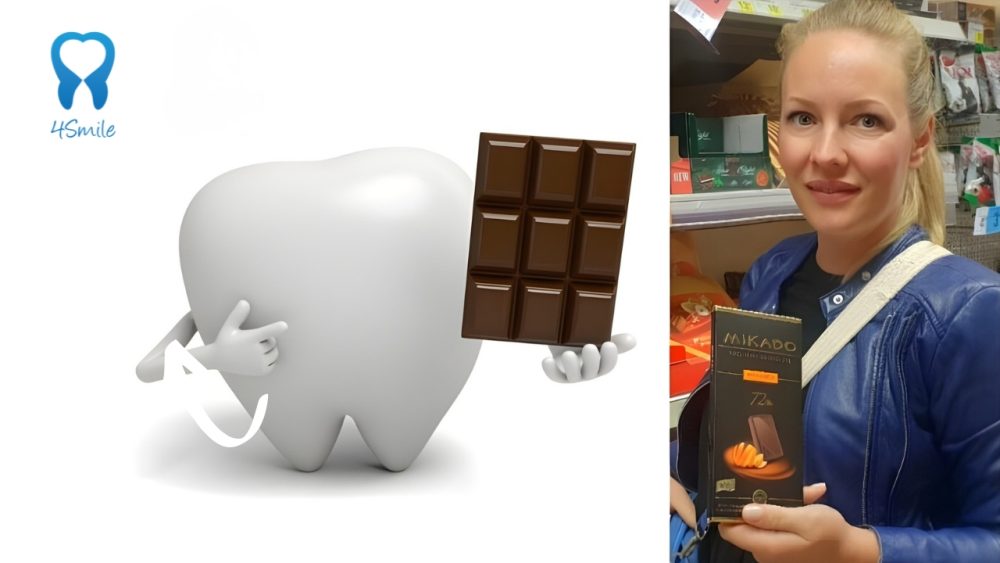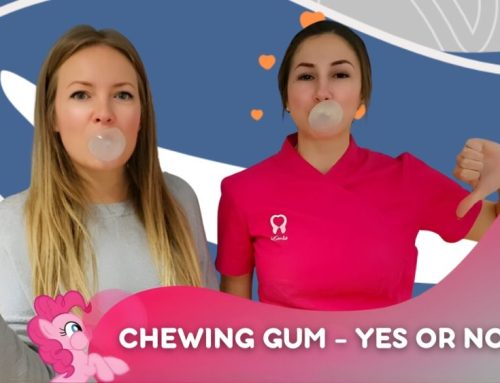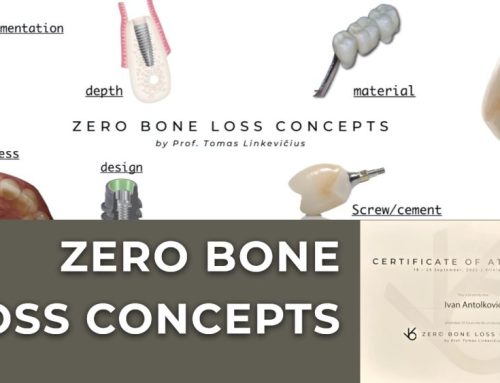Teeth and chocolate: Can chocolate be good for your teeth?
In most cases, dentists are not fans of sweets. The sugar in candies is the favorite food of bacteria that cause tooth decay. However, when it comes to chocolate, certain types can actually be good for your oral health!
To be clear, this isn’t a blog giving you the green light to eat as much chocolate as you want. Only certain kinds of chocolate have beneficial effects on oral health, and overindulging is never a good idea.
It’s the cocoa bean that contains the beneficial compounds – not the chocolate itself.
The higher the cocoa percentage, the healthier the chocolate.
Healthy ingredients in chocolate
Cocoa beans contain tannins, polyphenols, and flavonoids, each of which is a type of powerful antioxidant that benefits your mouth and teeth.
- Tannins give dark chocolate its slightly bitter taste and are responsible for its dark color. More importantly, they help prevent cavities by inhibiting bacteria from sticking to your teeth.
- Polyphenols limit the activity of bacteria, meaning they help neutralize microorganisms that cause bad breath, prevent gum infections, and fight tooth decay.
- Flavonoids help slow down tooth decay, among other benefits.
Types of Chocolate
There are three main types of chocolate: dark chocolate, milk chocolate, and white chocolate.
If you prefer to stick with the kind you’re used to, there are some factors to consider.
The main ingredients in milk chocolate are cocoa beans, cocoa butter, sugar, and milk. White chocolate is made from cocoa butter and sugar but contains no cocoa solids – which means it has no nutritional benefits.
Milk chocolate contains at most about 10% cocoa solids, meaning the sugar content far outweighs that percentage. Milk chocolate, and especially white chocolate, are definitely not healthy choices.
But let’s talk about dark chocolate…
Dark chocolate is the least processed and the closest to the cocoa bean itself, making it the healthiest option. For the best results, chocolate should contain around 70% cocoa.
You can easily find dark chocolate in local stores, and many brands clearly label the cocoa percentage on their packaging. Dark chocolate also contains less sugar than other types, making it better for maintaining a healthy body weight.
How does dark chocolate affect your teeth?
So how exactly is dark chocolate good for your teeth?
In your mouth, there’s a common bacterium called Streptococcus mutans, which produces acid that erodes tooth enamel. The antioxidants in dark chocolate prevent these bacteria from turning into harmful acids by acting as a kind of antibacterial compound.
Additionally, cocoa butter coats your teeth and helps prevent plaque from sticking to them.
Since dark chocolate contains plenty of antioxidants (about four times more than green tea), it can not only reduce plaque buildup but also decrease inflammation in the body and help prevent periodontal disease, which causes swollen gums.
Bacteria associated with periodontal disease can also enter the bloodstream and cause heart disease and other cardiovascular problems, meaning that occasional dark chocolate consumption can benefit your heart as well.
Moderation is key!
It’s important to remember that dark chocolate isn’t as healthy as vegetables. It does have some health benefits, but it’s far from a “healthy food.” Like any sweet treat, it should be enjoyed in moderation. It still contains enough sugar and fat that can be harmful in large amounts.
As we’ve already said, this week’s blog from Dental Center 4Smile isn’t giving you permission to eat as much chocolate as you like.
Even though dark chocolate is rich in antioxidants, it still doesn’t replace essential oral hygiene habits – like brushing your teeth regularly and visiting your dentist, Dr. Ivan Antolković, in Zagreb.
If you love sweet snacks, consider replacing candy with dark chocolate or cocoa – always in moderation! Your teeth will thank you.















